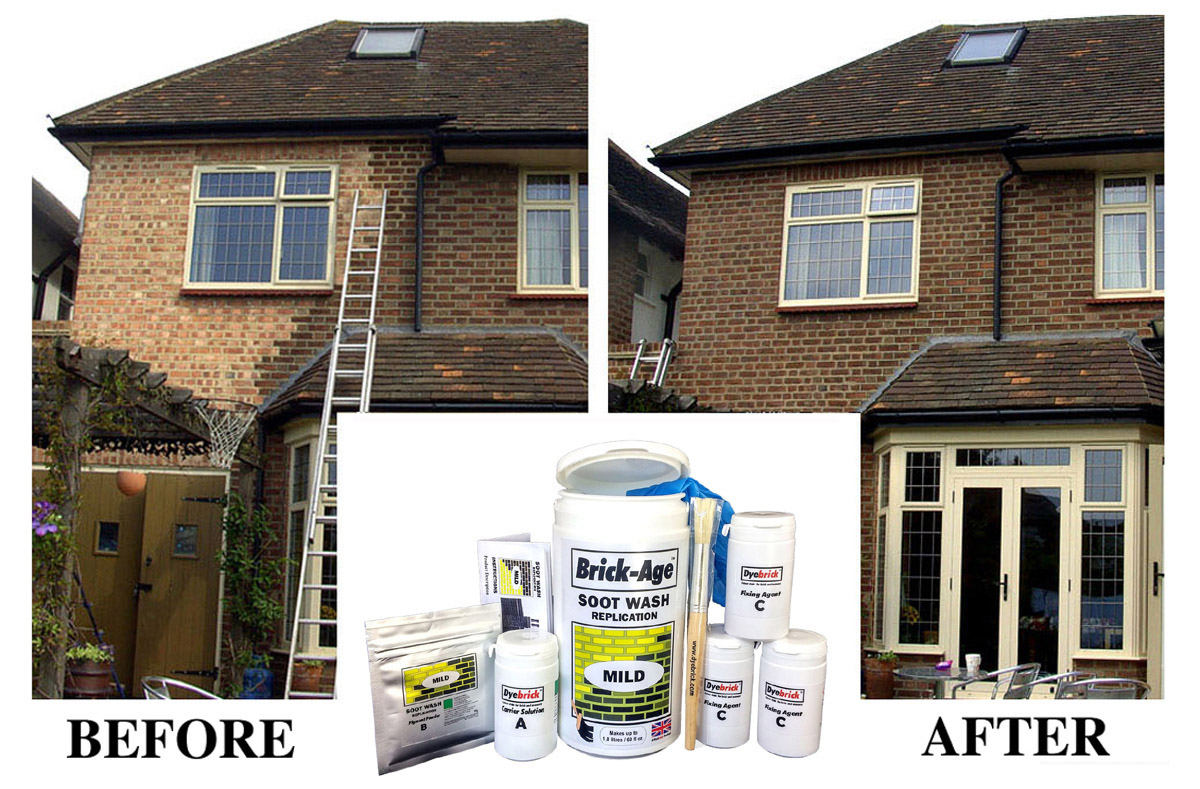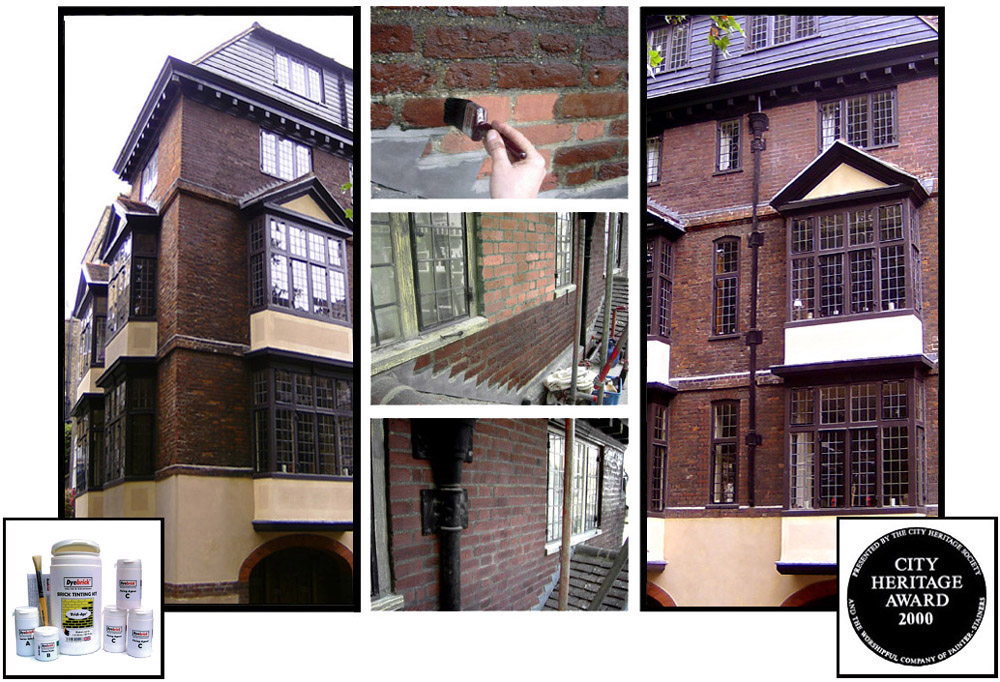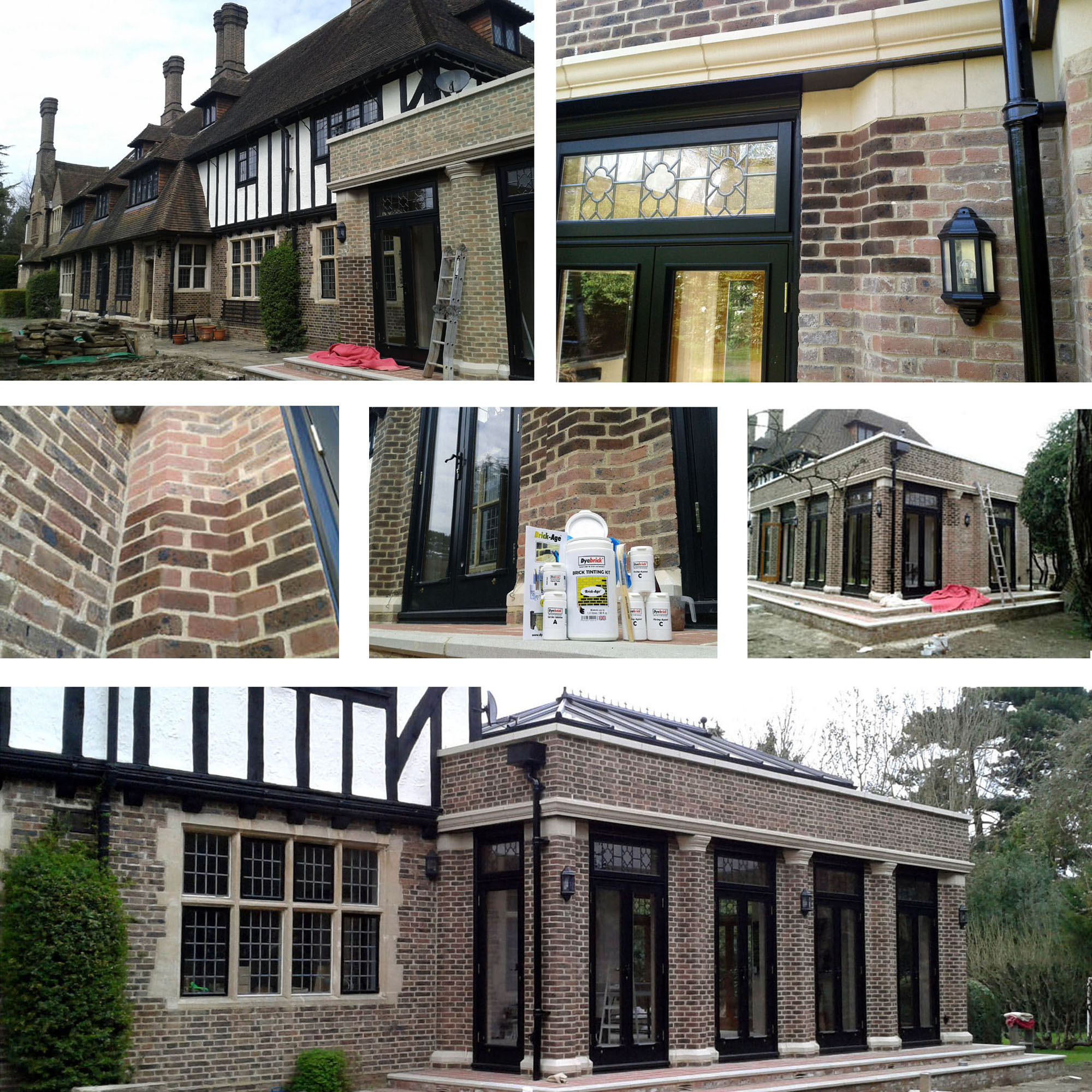FBG Brick Age represents a groundbreaking advancement in construction materials that has captured global attention. As the demand for sustainable and durable building solutions grows, this innovation offers a revolutionary alternative to traditional bricks. With its eco-friendly properties and superior strength, FBG Brick Age is transforming the way we approach construction projects.
The construction industry is constantly evolving, and FBG Brick Age stands at the forefront of this transformation. This innovative material not only addresses the challenges of sustainability but also enhances structural integrity. By integrating cutting-edge technology with traditional building practices, FBG Brick Age offers a solution that aligns with modern environmental and safety standards.
In this article, we will explore the intricacies of FBG Brick Age, delving into its origins, properties, applications, and the impact it has on the construction industry. Whether you're a homeowner, contractor, or simply curious about the future of construction materials, this guide will provide you with all the information you need to understand why FBG Brick Age is making waves.
Read also:A Complete Guide To The Ages Of This Is Us Cast Exploring Their Journey
Table of Contents:
- Introduction to FBG Brick Age
- The History of FBG Brick Age
- Key Features of FBG Brick Age
- Environmental Impact of FBG Brick Age
- Applications of FBG Brick Age
- Comparison with Traditional Bricks
- Cost Analysis of FBG Brick Age
- Technology Behind FBG Brick Age
- Benefits of Using FBG Brick Age
- The Future of FBG Brick Age
- Conclusion and Call to Action
Introduction to FBG Brick Age
FBG Brick Age is a state-of-the-art building material designed to revolutionize the construction industry. Its unique composition combines fiberglass, basalt, and advanced polymers, creating a product that is not only stronger than traditional bricks but also significantly lighter. This innovation addresses the growing need for sustainable building solutions while maintaining structural integrity.
The development of FBG Brick Age marks a significant milestone in the evolution of construction materials. By utilizing advanced composites, this material offers superior durability, weather resistance, and thermal efficiency. These properties make it an ideal choice for a wide range of construction projects, from residential homes to commercial buildings.
The History of FBG Brick Age
The origins of FBG Brick Age trace back to the early 2010s when researchers began exploring alternative materials to traditional clay bricks. The primary goal was to create a product that could reduce the environmental impact of construction while improving performance. After years of rigorous testing and development, FBG Brick Age was introduced to the market in 2015.
Key Milestones in Development
- 2012: Initial research into composite materials.
- 2014: Prototype development and testing.
- 2015: Official launch of FBG Brick Age.
Since its launch, FBG Brick Age has gained widespread recognition for its innovative approach to construction materials. It has been adopted by numerous construction companies worldwide, highlighting its potential to transform the industry.
Key Features of FBG Brick Age
FBG Brick Age boasts several features that set it apart from traditional bricks:
Read also:Famous People Born On October 7 Celebrating Iconic Birthdays And Their Legacies
- Lightweight: Weighing 40% less than conventional bricks, FBG Brick Age reduces structural load and transportation costs.
- High Strength: Engineered to withstand extreme conditions, this material offers superior tensile strength.
- Thermal Efficiency: Excellent insulation properties contribute to energy savings in buildings.
These features make FBG Brick Age an attractive option for builders seeking both efficiency and sustainability.
Environmental Impact of FBG Brick Age
One of the most significant advantages of FBG Brick Age is its positive environmental impact. Unlike traditional bricks, which require energy-intensive firing processes, FBG Brick Age is manufactured using a low-energy process. This reduces carbon emissions and conserves natural resources.
Environmental Benefits
- Reduction in greenhouse gas emissions.
- Conservation of raw materials such as clay and water.
- Recyclability of the material at the end of its lifecycle.
By choosing FBG Brick Age, builders contribute to a more sustainable future for the construction industry.
Applications of FBG Brick Age
FBG Brick Age finds applications across various sectors of the construction industry. Its versatility and performance make it suitable for a wide range of projects:
- Residential construction: Ideal for building walls, foundations, and partitions.
- Commercial buildings: Used in the construction of office spaces, malls, and industrial complexes.
- Infrastructure projects: Applied in the development of roads, bridges, and tunnels.
Its adaptability ensures that FBG Brick Age can meet the diverse needs of modern construction projects.
Comparison with Traditional Bricks
When compared to traditional bricks, FBG Brick Age offers several advantages:
- Superior strength and durability.
- Reduced weight, facilitating easier handling and installation.
- Improved thermal and acoustic insulation.
While traditional bricks remain a popular choice due to their familiarity, FBG Brick Age presents a compelling alternative for those seeking innovation and sustainability.
Cost Analysis of FBG Brick Age
The cost of FBG Brick Age is slightly higher than traditional bricks due to its advanced manufacturing process. However, this initial investment is offset by long-term savings in transportation, installation, and maintenance costs. Studies have shown that buildings constructed using FBG Brick Age achieve significant energy savings, further enhancing its value proposition.
Factors Influencing Cost
- Material composition and production technology.
- Market demand and availability.
- Long-term cost benefits such as reduced energy consumption.
For builders focused on sustainability and efficiency, the higher upfront cost of FBG Brick Age is often justified by its long-term advantages.
Technology Behind FBG Brick Age
The technology behind FBG Brick Age involves the integration of fiberglass, basalt, and advanced polymers. This composite structure provides the material with its unique properties, including high strength and lightweight characteristics. The manufacturing process is carefully controlled to ensure consistent quality and performance.
Manufacturing Process
- Mixing of raw materials under controlled conditions.
- Formation of bricks using advanced molding techniques.
- Curing and quality assurance testing.
This meticulous approach ensures that every FBG Brick Age product meets the highest standards of quality and reliability.
Benefits of Using FBG Brick Age
Adopting FBG Brick Age offers numerous benefits for builders and homeowners alike:
- Enhanced structural integrity and safety.
- Improved energy efficiency and cost savings.
- Contribution to sustainable construction practices.
By choosing FBG Brick Age, stakeholders in the construction industry can align their projects with modern environmental and safety standards.
The Future of FBG Brick Age
As the construction industry continues to evolve, FBG Brick Age is poised to play a pivotal role in shaping its future. Ongoing research and development aim to further enhance its properties and expand its applications. With increasing global awareness of sustainability, the demand for innovative materials like FBG Brick Age is expected to grow significantly.
Experts predict that FBG Brick Age will become a standard choice for construction projects worldwide, driving the industry toward a more sustainable and efficient future.
Conclusion and Call to Action
FBG Brick Age represents a groundbreaking advancement in construction materials, offering a sustainable and efficient alternative to traditional bricks. Its unique combination of strength, lightweight properties, and environmental benefits makes it an ideal choice for modern construction projects. As the industry continues to prioritize sustainability, FBG Brick Age is set to play a crucial role in shaping the future of building materials.
We encourage readers to explore the potential of FBG Brick Age for their projects. By adopting this innovative material, you contribute to a more sustainable future while enjoying long-term cost savings and improved performance. Share your thoughts and experiences in the comments below, and don't forget to explore our other articles for more insights into the world of construction and innovation.
References:
- Construction Industry Research and Information Association (CIRIA).
- International Journal of Sustainable Construction Materials and Technologies.
- Global Construction Materials Market Report.


